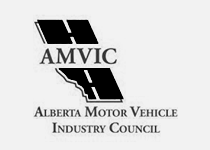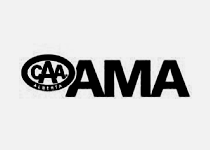It can be confusing and challenging to keep up with different types of vehicle drivetrain arrangements, especially with so much changing in vehicle technology in recent years. There are pros and cons to each of the systems. Read on to learn more and find the vehicle drivetrain arrangement that suits your needs.
COMPARING THE DIFFERENT DRIVETRAIN ARRANGEMENTS
Each arrangement will give you different benefits, depending on the type of driver you are and conditions in which you are using your vehicle. Here is a quick overview of the differences between the four vehicle drive systems:
Front-Wheel Drive – Power from the engine goes through a transaxle (a combination of transmission and axle) and travels to the front wheels through an axle shaft.
- Pros: Front-wheel drive vehicles are cheaper to make, because of the transaxle’s proximity to the engine, and thus cheaper to buy. They provide good fuel efficiency, making them the most popular model type today. They also provide improved acceleration and good traction on wet or uneven road conditions.
- Cons: Some vehicles are prone to “torque steering” where power is applied unevenly between the front wheels, causing the car to pull to one side when accelerating. Drivers may also have to accommodate a wider turn radius on front-wheel drive vehicles, since the up-front power does not allow the wheels to turn as sharply as their rear-wheel drive counterparts.
Rear-Wheel Drive – Power runs from the engine through the transmission and driveshaft to an axle at the rear of the vehicle.
- Pros: Simple design that can handle rugged driving without requiring expensive repairs. Also provides better balance and handling, since the weight of the drivetrain is distributed more evenly between the front and rear of the vehicle.
- Cons: These cars do not perform well in poor weather conditions, and may lose traction on slippery roads. That means they do not handle well in snow or rain. They are less fuel-efficient and interior space may be taken up by the driveshaft.
Four-Wheel Drive – Power goes from your engine to a transmission and then gets split to both a front and rear axle through driveshafts.
- Pros: These vehicles are designed to take on rough terrain, snow and icy conditions. Some models provide driver controls that allow you to also use two-wheel drive when appropriate.
- Cons: Substantial weight and cost is added for four-wheel drive vehicles. They are not as fuel efficient, and hence, are more expensive vehicles overall.
All-Wheel Drive – Similar to four-wheel drive, but four wheels are driven by the engine at all times.
- Pros: These vehicles provide excellent traction on all road conditions, and are more compact than their similar four-wheel drive counterparts.
- Cons: Weight impacts the vehicle’s ability to accelerate and high cost can deter some prospective buyers.
National Transmission offers transmission repair and service in Calgary that can help keep your vehicle running at its best regardless of its vehicle drive system. Book your appointment today by calling one of our locations or schedule your appointment online.





